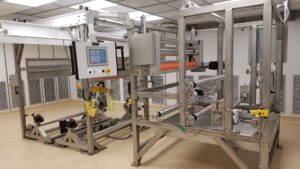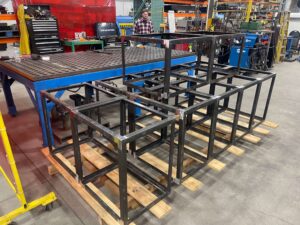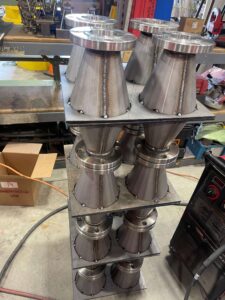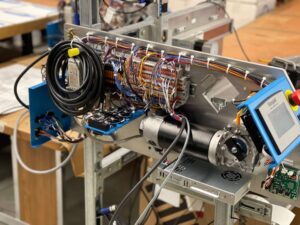Testing & Validation

Testing and validation are imperative when implementing new automation equipment for several crucial reasons:
Testing and validation are essential steps in the implementation of new automation equipment. They ensure reliability, optimize performance, verify safety, and mitigate risks, ultimately contributing to a smooth and successful integration of the technology into the existing operational environment.
- Reliability Assurance: Testing allows for the verification of the reliability and functionality of the new automation equipment. It ensures that the system operates as intended and meets the specified requirements. This step is critical to prevent potential malfunctions that could lead to downtime or operational disruptions.
- Identification of Defects and Bugs: Through rigorous testing, defects, bugs, or errors in the automation system can be identified and addressed before full implementation. This proactive approach minimizes the risk of unexpected issues arising during actual production, saving time and resources in the long run.
- Optimization of Performance: Testing provides an opportunity to optimize the performance of the automation equipment. By analyzing system behavior under various conditions, adjustments can be made to enhance efficiency, speed, and overall functionality. This optimization ensures that the equipment performs at its best in real-world scenarios.
- Compliance with Specifications: Validation ensures that the new automation equipment aligns with the specified requirements and standards. This is particularly important in industries with strict regulations or quality control standards. Validation verifies that the system meets all necessary criteria, providing confidence in its adherence to industry guidelines.
- Safety Verification: Testing is crucial for verifying the safety features of the automation equipment. It helps identify potential safety hazards, ensuring that the system operates in a secure manner and complies with safety standards. This is essential to protect both personnel and assets within the working environment.
- Integration with Existing Systems: For automation equipment to function seamlessly within an existing infrastructure, it must be compatible and well-integrated. Testing allows for the validation of integration points, data exchange, and communication between the new equipment and other systems in the production line.
- User Training and Familiarization: Testing provides an opportunity for end-users to familiarize themselves with the new automation equipment. It allows for training sessions, ensuring that operators and maintenance personnel understand how to operate the system, troubleshoot common issues, and perform routine maintenance tasks.
- Risk Mitigation: Thorough testing helps identify and mitigate potential risks associated with the implementation of new automation equipment. This includes risks related to system failures, data integrity, and the impact on overall production processes. Addressing these risks during testing minimizes the likelihood of adverse consequences during actual operations.
Project Gallery

Discuss Your Project with Our Team Today
Contact our automation and controls experts to learn how we can help improve and automate your manufacturing processes.




